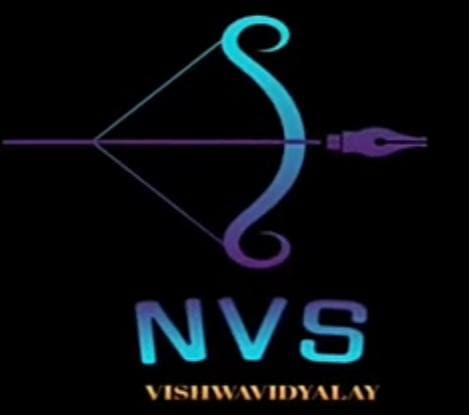🔷 What is a Semantic Network?
A Semantic Network is a graphical representation of knowledge as a network of concepts (nodes) and relationships (edges). It is used in AI to represent objects, categories, and the relationships among them.
It’s like a concept map or a knowledge graph.
🧠 Why Use Semantic Networks?
To represent hierarchical and associative knowledge visually.
Helps in reasoning, inference, and inheritance.
Widely used in expert systems, natural language understanding, and ontology building.
✅ 1. Key Concepts
✅ 2. Syntax and Visual Structure
Example (simplified visual):
[John] --is-a--> [Student]
[Student] --attends--> [Class]
[Class] --taught-by--> [Teacher]
[DrSmith] --is-a--> [Teacher]
Meaning:
John is a Student
Students attend Class
Classes are taught by Teachers
DrSmith is a Teacher
✅ 3. Real-World Example: Smart Classroom
🧱 Step 1: Define Nodes and Relationships
🧠 Step 2: Build Semantic Network
[John] --is-a--> [Student]
[John] --attends--> [AI101]
[DrSmith] --is-a--> [Teacher]
[DrSmith] --teaches--> [AI101]
🧠 Step 3: Use Inheritance
If:
[Student] --is-a--> [Person]
Then:
[John] --is-a--> [Person]
🔁 Step 4: Inference Example
From the network:
John is a Student who attends AI101
DrSmith teaches AI101
We can infer:
John is learning from DrSmith
John is a Person
DrSmith is a Person



0 Comments